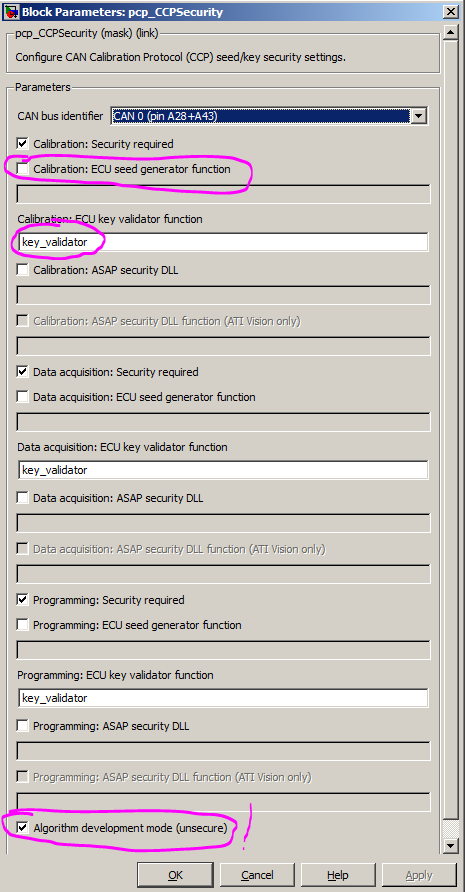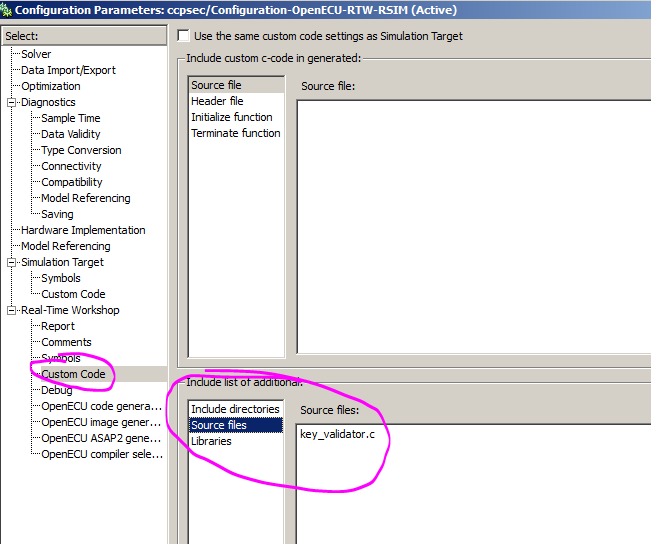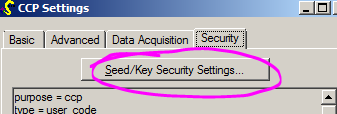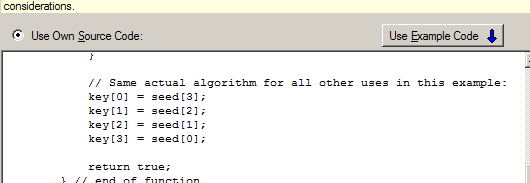How do I use CCP security?
The following is a simple example of how to set up a model with CCP security. This example uses PiSnoop as the calibration tool.
First, include in your model a pcp_CCPSecurity block:

key_validator is the name of the key validator function and is described in detail in the user guide.
Here is the complete source code for key_validator.c:
#include "openecu.h"
BOOL key_validator(const U8 privilege_level, const U8 *const seed, const U8 *const key, const U8 key_size)
{
/* Ignore key_size, get 6 bytes in CCP v2.1 but only 4 typically relevant */
return (seed[0] == key[3] &&
seed[1] == key[2] &&
seed[2] == key[1] &&
seed[3] == key[0] );
}In the model, this file will need to be added as custom code; e.g. in R2008b:

In PiSnoop, the workspace will need to be set up so that the CCP protocol has the seed/key enabled, e.e. using the 'own code' security option like this:




There is more on that in the PiSnoop Documentation.
Doing all this, one can modify calibrations and reflash, but only with security turned on.
For further information, see the user guide. If you have further questions, feel free to contact OpenECU support.